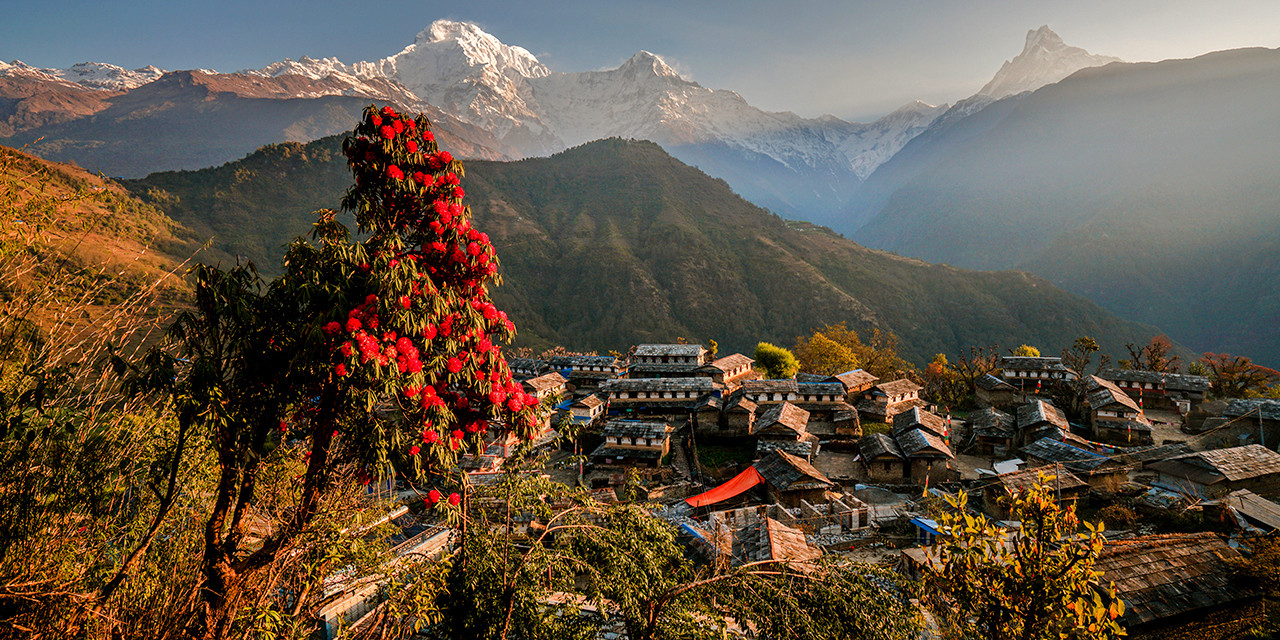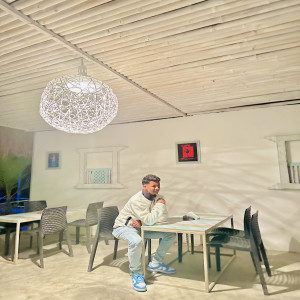Poon Hill Trek
The Poon Hill Trek is often celebrated as one of the easiest yet most rewarding trekking adventures in Nepal's Annapurna region. With its blend of breathtaking mountain views and vibrant cultural experiences, this trek is a favorite among both beginners and experienced trekkers. Here's an in-depth look at what makes the Poon Hill Trek a must-try journey:
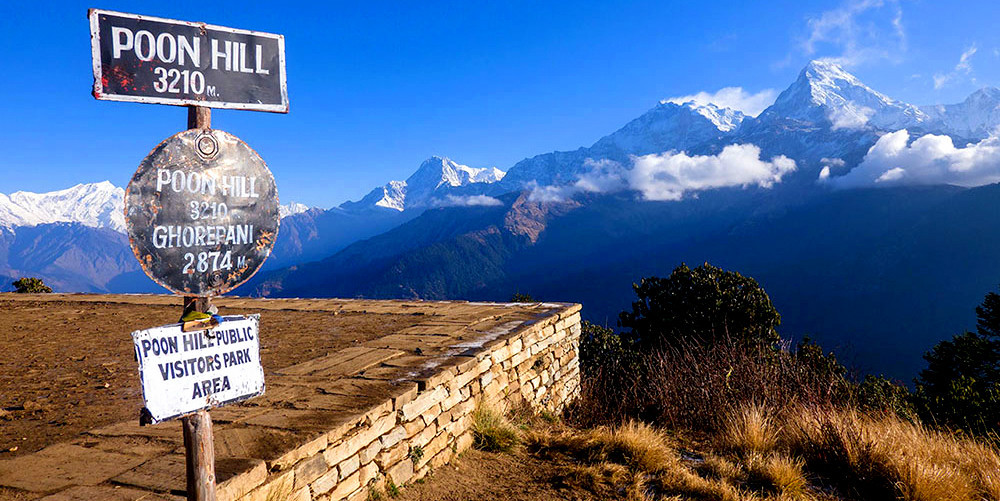
Overview
-
Duration: 4-5 days
-
Difficulty: Easy to moderate
-
Starting Point: Nayapul, a short drive from Pokhara
-
Highest Point: Poon Hill (3,210 meters)
-
Best Season: Spring (March to May) and Autumn (September to November)
Highlights
-
Stunning Sunrise Views: The trek’s highlight is the mesmerizing sunrise from Poon Hill, where golden morning light illuminates the snow-clad peaks of Annapurna and Dhaulagiri.
-
Rhododendron Forests: During spring, the trails are adorned with vibrant rhododendron blossoms and other alpine flowers.
-
Charming Gurung Villages: Pass through picturesque Gurung villages like Ghorepani, where you’ll experience the warm hospitality and rich traditions of the Gurung community.
-
Panoramic Mountain Scenery: Along with Annapurna and Dhaulagiri, the trek also offers views of iconic peaks such as Machapuchare (Fishtail), Hiunchuli, and Nilgiri.
The Poon Hill Trek is perfect for anyone wanting to experience the grandeur of the Himalayas in a short amount of time and without the challenges of high-altitude trekking. It’s particularly suited for photography enthusiasts and those seeking a cultural connection with Nepal’s mountain communities.
Langtang Valley Trek
The Langtang Valley Trek is a remarkable journey into one of the nearest trekking destinations from Kathmandu, offering an exquisite combination of natural beauty and cultural immersion. It’s an excellent choice for those seeking a quieter, less crowded alternative to the popular Annapurna and Everest trekking regions. Here’s an in-depth guide to the Langtang Valley Trek:
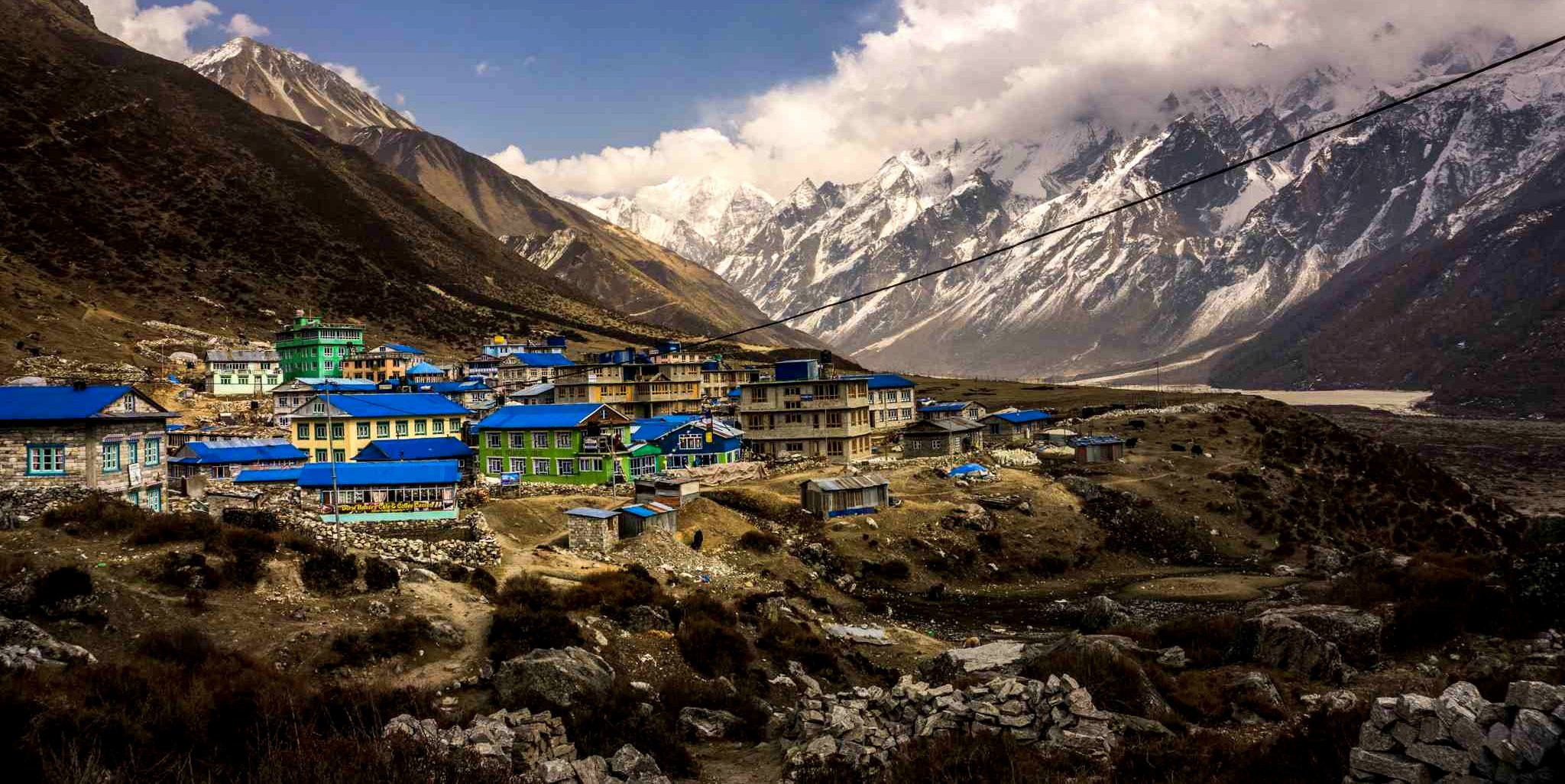
Overview
-
Duration: 7-9 days
-
Difficulty: Moderate
-
Starting Point: Syabrubesi, approximately a 7-hour drive from Kathmandu
-
Highest Point: Kyanjin Ri (4,773 meters) or Tserko Ri (5,000 meters)
-
Best Season: Spring (March to May) and Autumn (September to November)
Highlights
-
Breathtaking Landscapes: The trek features a variety of landscapes, from lush green forests to rugged mountain terrain, all set against the stunning backdrop of the Langtang Himalayan range.
-
Cultural Encounters: The Langtang region is home to the Tamang community, whose traditions are deeply influenced by Tibetan culture. Trekkers can gain an intimate insight into their way of life, customs, and hospitality.
-
Unique Wildlife: Passing through the Langtang National Park, trekkers may spot diverse wildlife, including the elusive red panda.
-
Kyanjin Gompa: The trek’s endpoint is the serene Kyanjin Gompa, a Buddhist monastery surrounded by breathtaking mountain vistas. Trekkers often take a day here to explore nearby peaks like Kyanjin Ri for panoramic views.
The Langtang Valley Trek is perfect for those who want a relatively short trek that combines breathtaking scenery with meaningful cultural encounters. Compared to more famous trekking routes, this region offers a peaceful and uncrowded experience. Additionally, the trek holds significance for its role in supporting local communities, especially after the 2015 earthquake, which heavily impacted the area.
Mardi Himal Trek
The Mardi Himal Trek is a hidden treasure in Nepal’s Annapurna region, offering a peaceful and less-traveled route that takes trekkers through some of the most stunning Himalayan landscapes. Known for its breathtaking views of Mardi Himal, Machapuchare (Fishtail), Annapurna South, and Hiunchuli, this trek is perfect for those seeking an off-the-beaten-path experience without compromising on iconic mountain vistas.
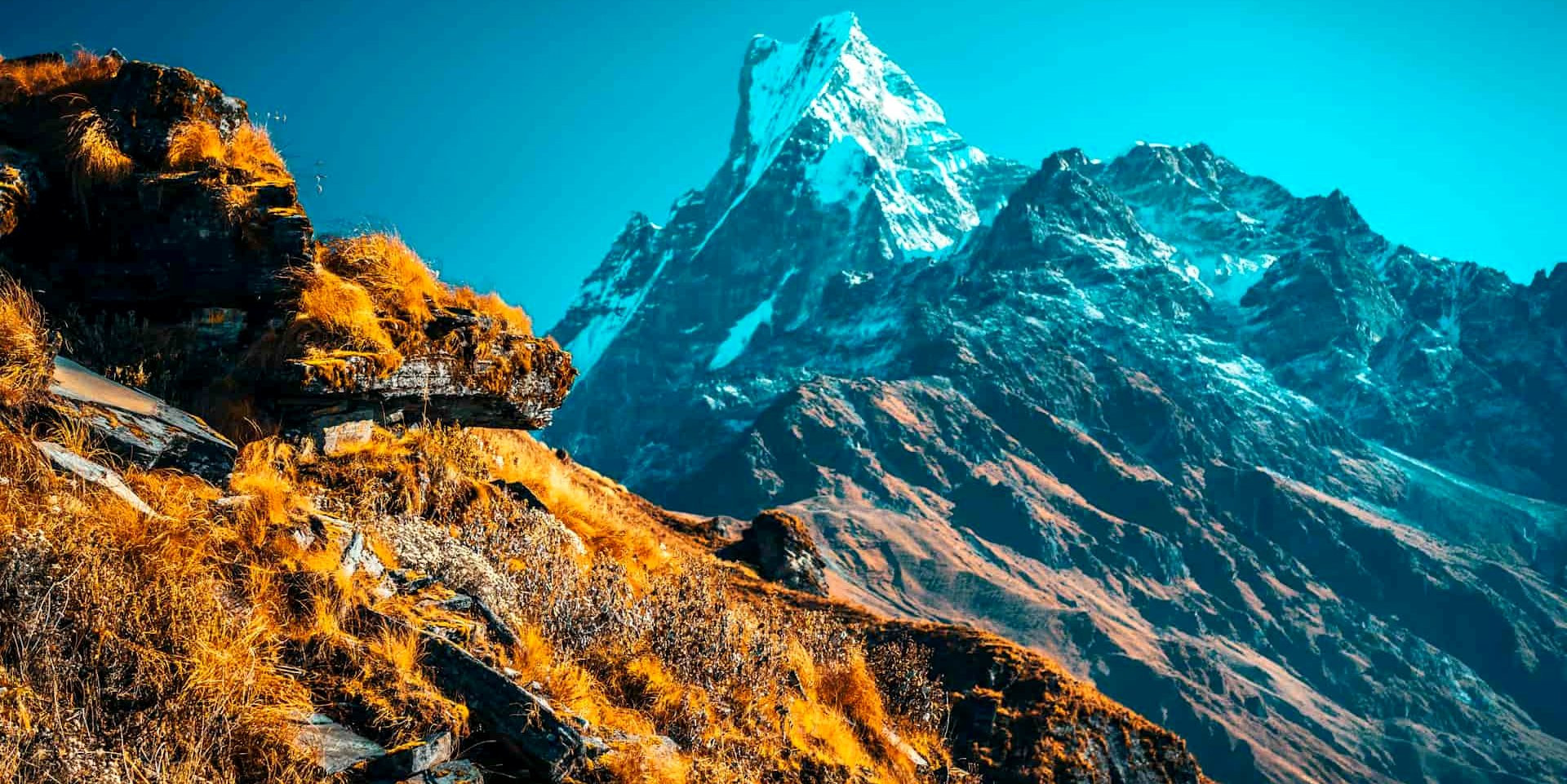
Overview
-
Duration: 5-7 days
-
Difficulty: Moderate
-
Starting Point: Kande, reached by a short drive from Pokhara
-
Highest Point: Mardi Himal Base Camp (4,500 meters)
-
Best Season: Spring (March to May) and Autumn (September to November)
Highlights
-
Spectacular Mountain Views: The trek offers incredible close-up views of Mardi Himal, Annapurna South, and Machapuchare (Fishtail), creating a truly awe-inspiring setting.
-
Diverse Terrain: From lush rhododendron forests to open alpine meadows and rugged mountain trails, the route provides a variety of landscapes to explore.
-
Secluded Trails: As a lesser-known trek in Nepal, Mardi Himal offers tranquility and solitude, making it a great choice for trekkers who want to connect deeply with nature.
-
Cultural Insights: The trek passes through traditional Gurung and Magar villages, giving trekkers the chance to observe and experience the local way of life and culture.
The Mardi Himal Trek is an excellent option for trekkers who want to enjoy the beauty of the Annapurna region in a more serene and uncrowded setting. Its relatively short duration and manageable challenges make it suitable for a wide range of trekkers. The trek is a perfect blend of adventure, natural beauty, and cultural exploration, with the bonus of a high-altitude base camp experience.
Helambu Trek
The Helambu Trek is a delightful adventure close to Kathmandu, known for its stunning scenery, rich cultural experiences, and relatively easy trails. It’s an excellent choice for those who want to explore the beauty of the Himalayas without venturing into high altitudes or remote regions.
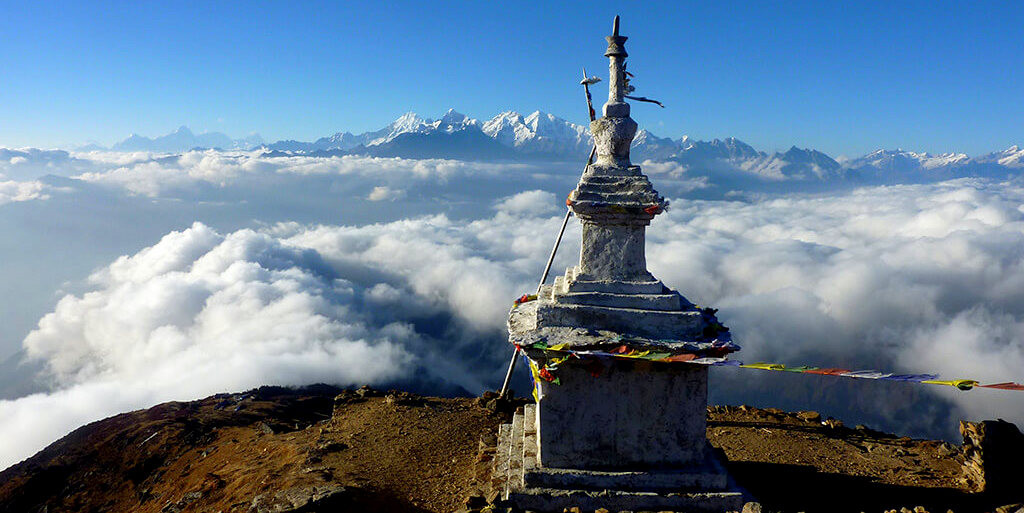
Overview
-
Duration: 5-8 days
-
Difficulty: Easy to moderate
-
Starting Point: Sundarijal, just a short drive from Kathmandu
-
Highest Point: Tharepati Pass (3,690 meters)
-
Best Season: Spring (March to May) and Autumn (September to November)
Highlights
-
Cultural Diversity: The trek takes you through villages of the Hyolmo, Tamang, and Sherpa communities, offering unique insights into their traditions, lifestyles, and practices.
-
Close Yet Serene: Despite its proximity to Kathmandu, Helambu offers a sense of seclusion and peaceful mountain life, making it less crowded than other popular trekking routes.
-
Varied Landscapes: The trek features diverse terrains, including lush rhododendron and bamboo forests, alpine meadows, and striking mountain vistas.
-
Buddhist Monasteries: Along the route, you’ll encounter centuries-old Buddhist monasteries, which add a spiritual and cultural dimension to the trek.
The Helambu Trek is ideal for those seeking a culturally immersive and scenic trekking experience without the demands of high-altitude trekking or long durations. It’s perfect for beginners, families, or anyone looking to explore the Himalayas in a shorter timeframe. The trek beautifully combines natural splendor with cultural richness and offers the added convenience of being close to Kathmandu.
Tamang Heritage Trail Trek
The Tamang Heritage Trail Trek is a captivating journey through the culturally rich and picturesque landscapes of Nepal’s Langtang region. This trek offers a unique opportunity to immerse yourself in the traditional lifestyle of the Tamang people, who share close ties to Tibetan culture. It’s a perfect choice for trekkers looking to combine authentic cultural experiences with stunning mountain scenery without venturing into extremely high altitudes.
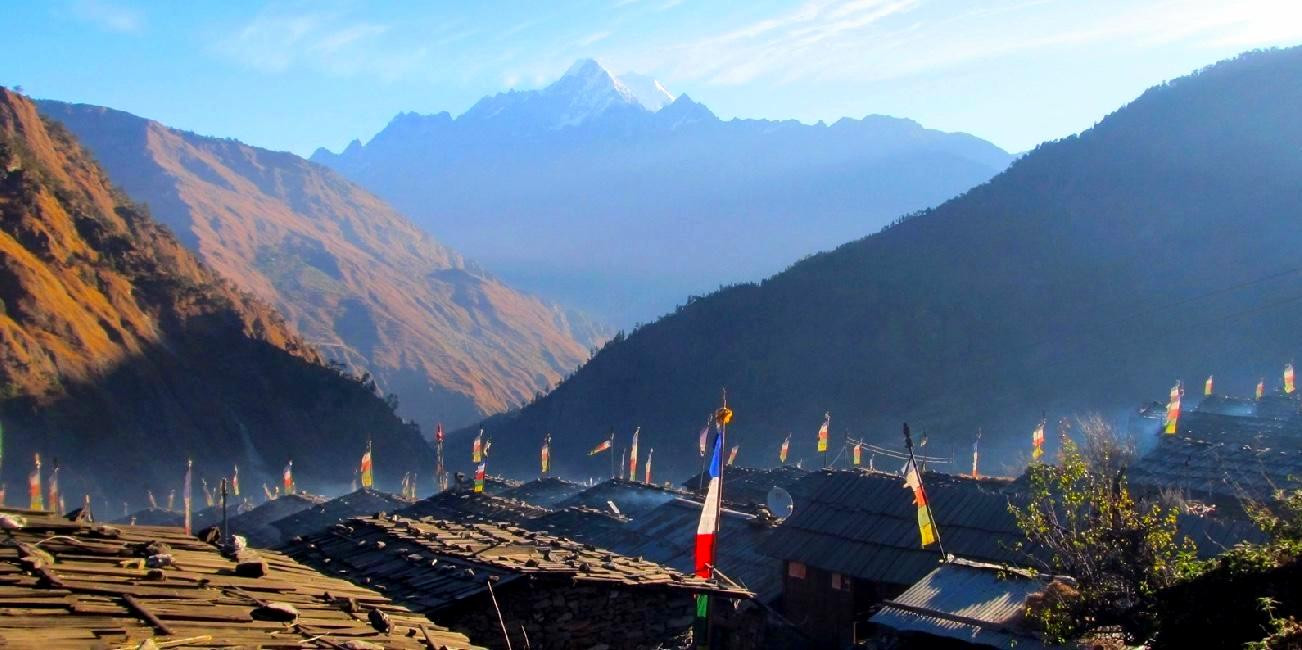
Overview
-
Duration: 7-10 days
-
Difficulty: Moderate
-
Starting Point: Syabrubesi, a 7-hour drive from Kathmandu
-
Highest Point: Nagthali Pass (3,165 meters)
-
Best Season: Spring (March to May) and Autumn (September to November)
Highlights
-
Cultural Immersion: The trek takes you through traditional Tamang villages, where you can experience their unique culture, traditional architecture, and daily customs.
-
Thermal Hot Springs: Relax and rejuvenate in natural hot springs at Tatopani, a highlight of the trek.
-
Panoramic Mountain Views: Enjoy breathtaking views of Langtang Lirung, Ganesh Himal, and other Himalayan peaks from various points along the trail.
-
Ancient Monasteries: Explore historic Buddhist monasteries and learn about the spiritual practices and heritage of the Tamang people.
The Tamang Heritage Trail Trek is more than just a hike—it’s a deep dive into the culture and traditions of the Tamang people. It’s an ideal choice for those who value cultural experiences as much as the natural beauty of the Himalayas. With its quieter trails, stunning landscapes, and opportunities for authentic cultural interaction, this trek offers a unique and enriching alternative to more popular trekking routes.
Tips for 5 of Nepal's Best & Easiest Trek
Nepal’s easier treks are a wonderful way to enjoy stunning landscapes and experience the country’s rich culture. Whether you’re trekking to Poon Hill, Langtang, Mardi Himal, or exploring the Helambu or Ghorepani regions, here are some essential tips to make your journey safe, enjoyable, and memorable:
Preparation and Packing
-
Pack Light and Smart: For shorter treks, pack only the essentials, such as warm layers for chilly mornings and evenings, a good pair of trekking boots, and basic toiletries.
-
Train in Advance: Prepare your body for the trek by incorporating exercises like stair climbing or hiking into your routine. This is especially helpful for treks like the Ghorepani Poon Hill Trek, which involves numerous uphill steps.
-
Stay Hydrated: Always carry sufficient water, as water sources may be limited on certain trails. Bring water purification tablets or a filter for safety.
Health and Safety
-
Acclimatize Properly: Even on easier treks, take it slow to avoid altitude sickness, particularly for routes that go above 3,000 meters, such as Poon Hill.
-
Get Insurance: Make sure your travel insurance covers high-altitude trekking and emergency evacuations.
-
Protect Yourself from Insects: If trekking during the monsoon or in lush areas, take precautions against pests like leeches. Leech socks or salt can be handy.
Cultural Sensitivity and Environmental Responsibility
-
Respect Local Traditions: Dress modestly, ask for permission before taking photos of locals, and be mindful of customs in villages and religious sites.
-
Practice Sustainability: Choose eco-friendly accommodations when possible and carry out all your trash to help preserve Nepal’s natural beauty.
-
Support Local Communities: Hiring local guides or porters not only enhances your trek with their knowledge but also supports the local economy.
Navigation and Communication
-
Hire a Guide: For less crowded trails like Langtang or Mardi Himal, a local guide ensures safety and provides cultural and geographical insights.
-
Carry Cash: Remote trekking areas often lack ATMs, so bring enough cash in smaller denominations for meals, lodging, and other expenses.
-
Stay Connected: Purchase a local SIM card for better connectivity during your trek, as some areas may not have reliable Wi-Fi.
Lodging and Logistics
-
Book Accommodations in Advance: During peak seasons (spring and autumn), popular treks like Ghorepani Poon Hill can get crowded, so securing your lodging ahead of time is a good idea.
-
Prepare for Weather Changes: Nepal’s weather can be unpredictable. Pack for all conditions, from warm sunny days to cold nights, and be ready for rain in some regions.
By following these tips, you’ll be well-prepared to explore Nepal’s stunning trails safely and comfortably. Not only will you make the most of your Himalayan adventure, but you’ll also contribute to preserving the environment and respecting the local cultures you encounter along the way.
Ideal Time for 5 of Nepal's Best & Easiest Trek
Choosing the right time to embark on Nepal’s easiest treks is essential for a pleasant trekking experience with perfect weather and breathtaking views. Here’s a detailed guide to help you plan the best time for your trek:
Best Seasons: Spring and Autumn (September to November)
- Spring(March to May): Spring transforms the trails into a colorful paradise, with blooming flowers like rhododendrons adding vibrant hues to the landscape. The weather is comfortably warm, and the skies are usually clear, offering unobstructed views of the snow-capped mountains.
-
Autumn(September to November): Autumn is known for its stable and dry weather, making it one of the best times for trekking. The skies are crystal clear, providing stunning mountain vistas. The post-monsoon season also leaves the landscapes lush and green, creating a picturesque backdrop.
Considerations for Other Seasons
-
Winter (December to February): Lower-altitude treks are doable in winter since heavy snowfall is less likely to affect the paths. However, temperatures drop significantly, especially at higher elevations, so proper preparation and warm gear are necessary.
-
Monsoon (June to Early September): Trekking during the monsoon season is not recommended due to heavy rains, which can make trails slippery and hazardous. Visibility is often poor, and the increased presence of leeches can make trekking uncomfortable. However, those who don’t mind the rain may still find some trails rewarding for their lush greenery and solitude.
Spring and autumn are the most favorable times for Nepal’s easiest treks, offering the perfect combination of mild weather and clear, panoramic views of the mountains. Whether you choose the blooming vibrancy of spring or the dry clarity of autumn, trekking during these seasons ensures an unforgettable experience in the Himalayas.
FAQs for 5 of Nepal's Best & Easiest Trek
Q: What is the best season to go trekking in Nepal?
A: The best seasons for trekking in Nepal are during the spring (March to May) and autumn (September to November). These seasons offer clear skies, stable weather, and moderate temperatures, making them ideal for trekking.
Q: Do I need a guide for these treks?
A: While it is possible to trek independently, hiring a guide is highly recommended, especially for those unfamiliar with the region. Guides provide valuable insights into the local culture, ensure safety, and help navigate the trails.
Q: What should I pack for a trek in Nepal?
A: Essential items include sturdy trekking boots, layered clothing for varying temperatures, a waterproof jacket, a sleeping bag suitable for cold weather, a hat and gloves, sunscreen, and a water purification system. Don’t forget to bring a good backpack and trekking poles for added stability.
Q: How physically demanding are these treks?
A: These treks are considered easy to moderate in difficulty. They do not require advanced trekking skills but having a good level of physical fitness will enhance your experience and comfort on the trail.
Q: Are there any specific health concerns I should be aware of?
A: Altitude sickness can be a concern on higher-elevation treks, so it's important to acclimatize properly and stay hydrated. Also, be prepared for basic first aid and consult with your doctor before the trek to address any personal health issues.
Q: What are the accommodation options like on these treks?
A: Accommodations typically include teahouses and lodges that offer basic amenities. These are comfortable but not luxurious, providing opportunities to interact with other trekkers and locals.
Q: Can I trek with children?
A: Yes, these treks are family-friendly, especially those like the Poon Hill Trek, which have shorter durations and less demanding paths. It’s important to ensure children are well-prepared and equipped for the journey.
Q: How do I get to the starting point of the trek?
A: Most treks in Nepal start from locations that are accessible by bus or jeep from major cities like Kathmandu or Pokhara. Your trekking company can arrange transportation to and from the trek’s starting point.
Q: What permits are required for trekking in Nepal?
A: Most treks require a TIMS (Trekkers' Information Management System) card and permits for entry into national parks or conservation areas. These can be arranged through a trekking agency or at the tourism office in Kathmandu or Pokhara.
Q: How much does it cost to go on these treks?
A: The cost varies depending on the length of the trek, the level of guide service and accommodation chosen, and whether you book through an agency or independently. Generally, costs include permits, transportation, accommodation, food, and guide/porter services.
For the Nepal tour, please click here.
If you are looking for different kinds of Nepal Tours or Trekking Packages, feel free to contact us.
